What Are Beneficial Nematodes?
Beneficial nematodes are microscopic non-segmented roundworms. They enter the larvae of pests through the mouth, anus, respiratory openings, or even through the body wall of the pest. Inside the nematode’s digestive system, there are bacteria that are lethal to the larvae. Once the nematode enters the pest’s system, it ejects this bacteria into the pest. The bacteria multiply, cause blood poisoning, and within 24-48 hours, the larva dies. These bacteria are turning the larva (host) into food for the nematodes. The nematodes will feed on the host and continue to multiply. This disrupts the lifecycle of the pests causing a significant decrease in pests and the damage caused by them. There are different nematodes to treat different insect pests, therefore it is best to get a broad-spectrum treatment to cover all issues.
Beneficial nematodes are safe for humans, pets, earthworms and other beneficial insects. They only attack specific insects. A complete list of what they treat can be found below.
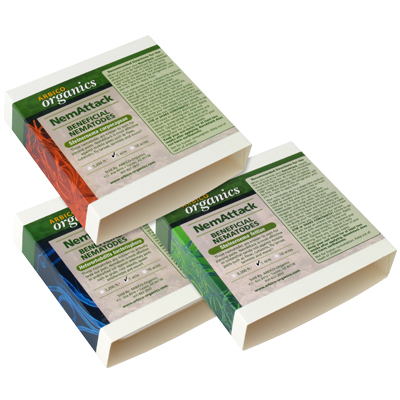
How And When To Apply ?
Nematodes are best released in spring or fall in 2 phases, 7-10 days apart. This staggers the lifecycle of the nematodes and ensures full coverage. If a pest situation is really bad, they should be applied every 10 days until the infestation is under control. When soil temperatures are above 95 degrees, nematodes are not able to parasitize pests. In hotter weather, they should be released before the sun is up, as bright UV rays will harm them. They are not affected by mild freezes or even one hard freeze, but multiple hard freezes will cause a decline in the nematode population. Mostly they go dormant in winter, but as the soil warms up in spring, they get to work again.
5 million treats 1600 sq. ft.
10 million treats 3200 sq. ft.
50 million treats 1 acre.
What Do Nematodes Treat?
Nematodes are effective against ants, borers, caterpillars, roaches, cucumber beetles, fungus gnats, grubs, leaf miners, May/June bugs, potato beetles, termites, ticks, and thrips. Last spring(2020) and summer, Jessica’s property had a wicked infestation of cucumber beetles. This spring(2021) two treatments have been applied to reduce thrips, cucumber beetles, and other pests. So far there has been no sign of any cucumber beetles. They will not harm bees, earthworms, animals or humans. Beneficial nematodes are very much a part of healthy soil life.
In the fall of 2020, I treated my garden with nematodes, and noticed a significant reduction of trips on my orange trees and there was not a single flea beetle the spring of 2021. I have had an infestation of flea beetles every single year prior.
Live nematodes are shipped overnight with ice all over the USA. GardeningInTheDesert.com offers the full spectrum Triple Threat Treatment for purchase.
Here is a complete list of pests that the Triple Treat treatment will treat.
NemAttack, Sc – Armyworm (Pseudaletia unipuncta), Artichoke Plume Moth, Bagworm, Beet Armyworm (Spodoptera exigua (Hubner)), Black Cutworm (Agrotis ipsilon (Hufnagel)), Black Vine Weevil (Otiorhynchus sulcatus), Bluegrass Weevil, Caterpillars, Cockroaches (American, Asian, German), Codling Moth (Cydia pomonella), Corn Earworm, Cotton Bollworm, Cranberry Girdler, Cucumber Beetle, Cutworm (Agrotis, Amathes, Peridroma, Prodenia spp), Fall Armyworm (Spodoptera frugiperda), Flea Larvae, Fly Larvae, Fruit Flies (Drasophylla), Greater Peach Tree Borer (Synanthedon exitiosa), Lesser Peach Tree Borer (Synanthedon pictipes), Large Pine Weevil, Leafminers, Mint Flea Beetle, Mint Root Borer, Mole Crickets, Navel Orangeworm, Strawberry Root Weevil (Otiorhynchus ovatus), Tobacco Budworm, Webworms, Wireworm, Wood Borers
NemAttack, Sf – Beet Armyworm, Black Cutworm, Cabbage Maggot, Codling Moth, Corn Earworm, Cucumber Beetle, Fruit Flies (Drasophylla), Fungus Gnats (Bradysia impatiens), Onion Maggots, Pill Worm, Raspberry Crown Borer, Root Maggots, Sclarids, Shore Flies, Subterranean Termites, Sweet Potato Weevil, Thrips (Franklinothrips sp), Ticks, Tobacco Cutworm
NemaSeek, Hb – Ants (Queen), Asparagus Beetle (Crioceris asparagi; Crioceris duodecimpunctata), Bagworm, Banana Moth, Banana Weevil, Berry Root Weevil, Billbug, Black Vine Weevil, Borers (Iris, Tree, Vine), Carrot Weevil (Listronotus oregonensis), Chafers (European, Masked), Citrus Root Weevil, Colorado Potato Beetle (Leptinotarsa decemlineata), Corn Rootworm, Cranberry Root Weevil, Cucumber Beetle (Spotted) (Diabrotica undecimpunctata howardi), Flea Beetles, Fleas (Adults), Gall Midges, Grape Root Borer, Grubs, Humpbacked Flies, Japanese Beetle (Popillia japonica Newman), Leafminers, May/June Bugs (Phyllophaga sp.), Root Weevils, Scarabs, Sugarcane Stalk Borer, Sweet Potato Weevil, Ticks
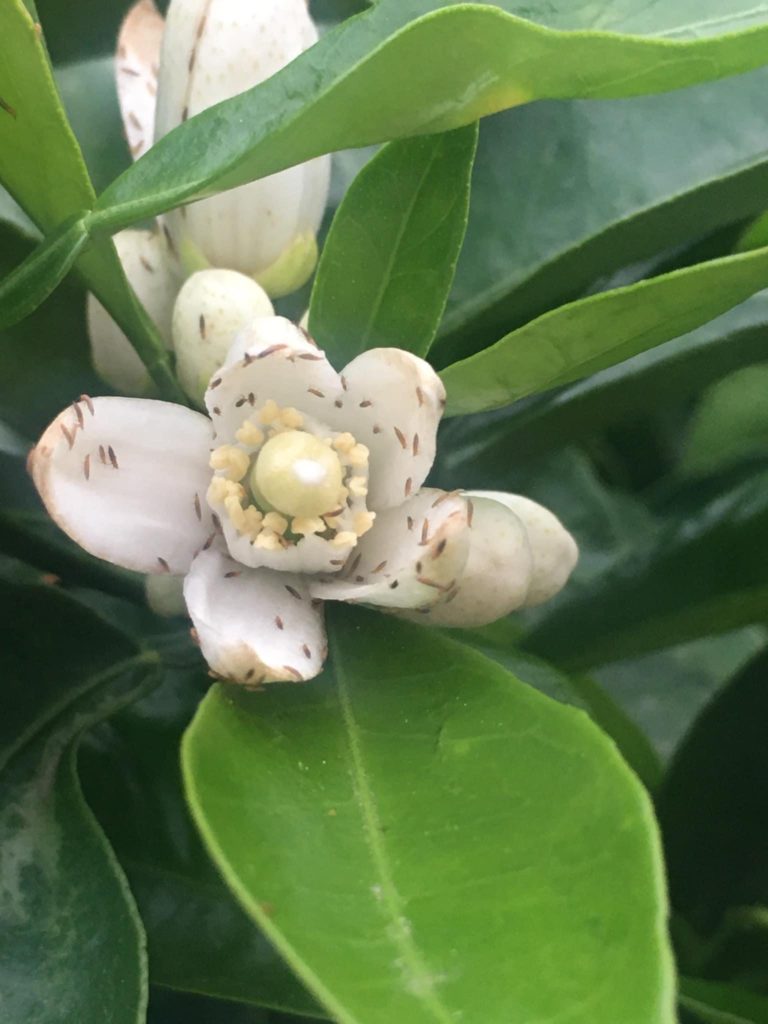
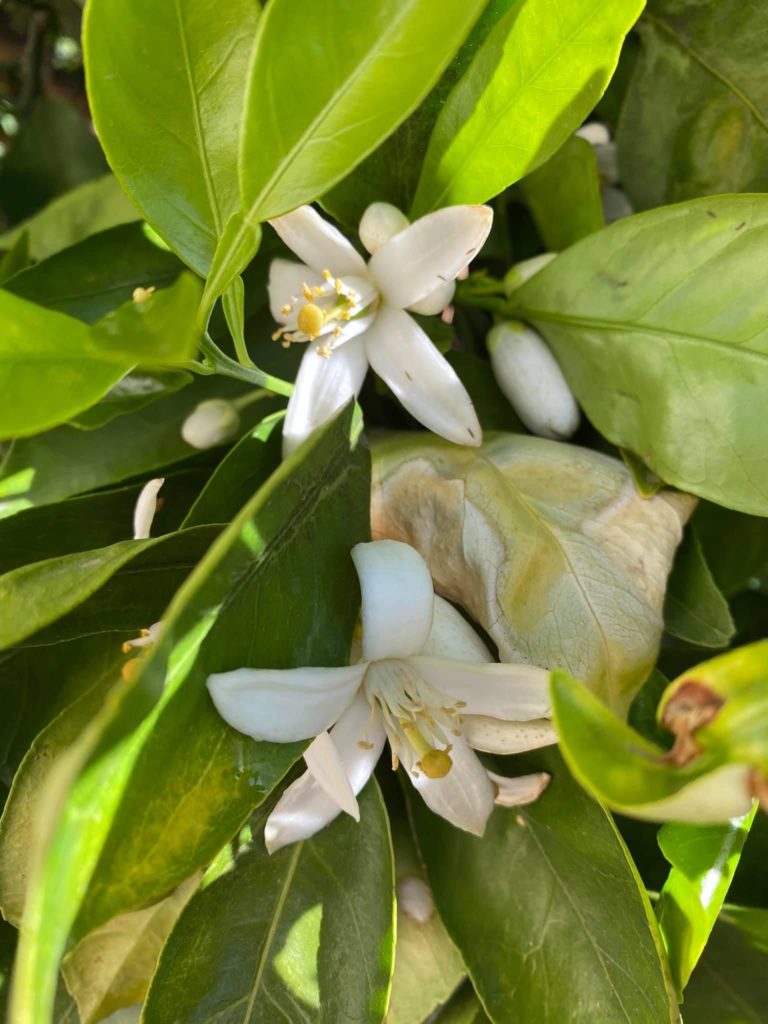

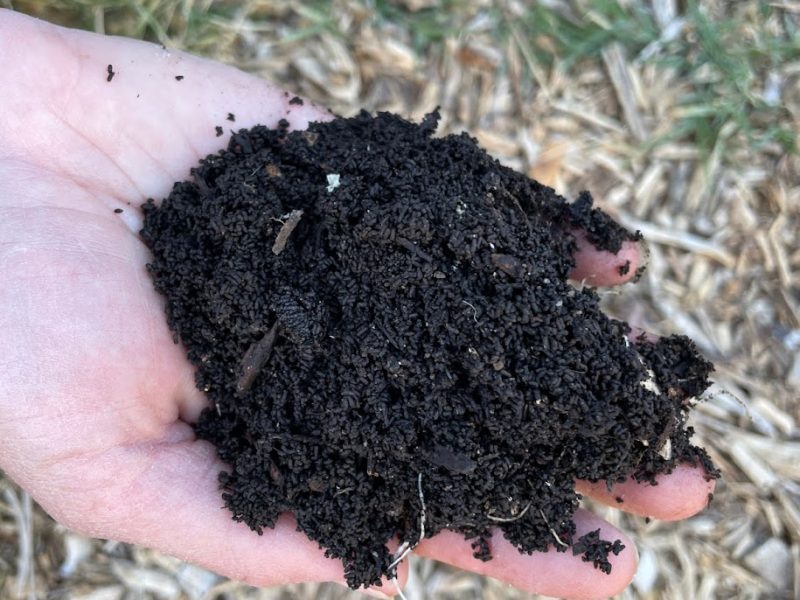
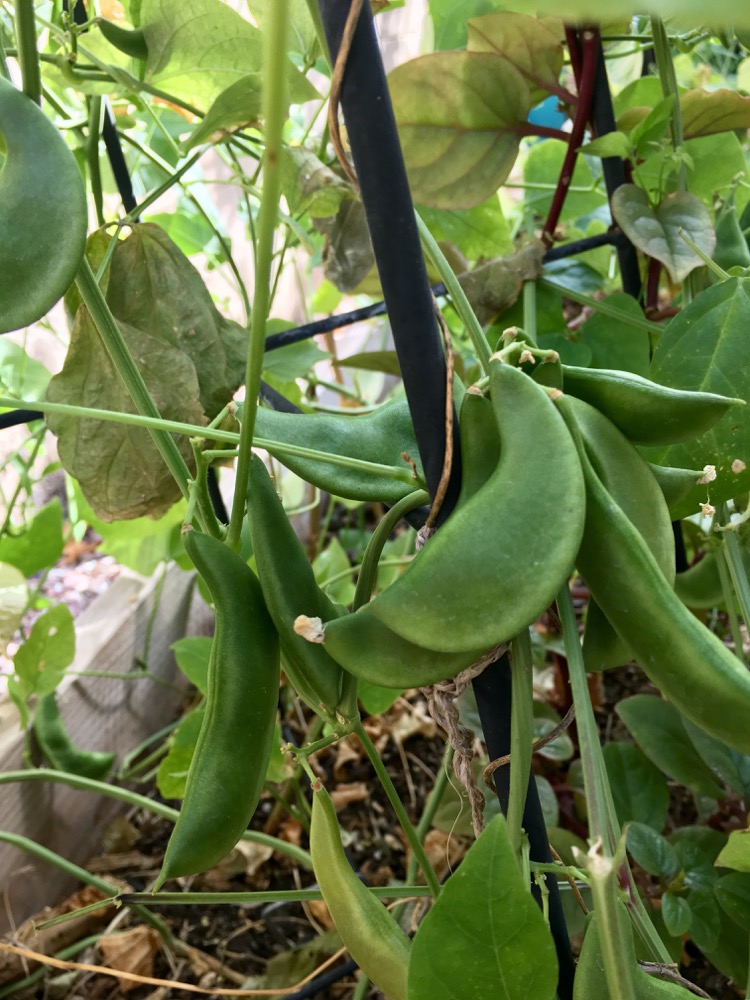

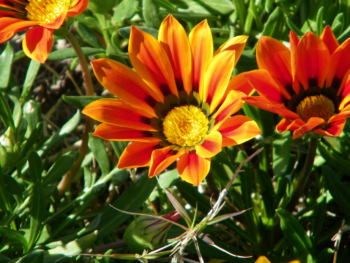



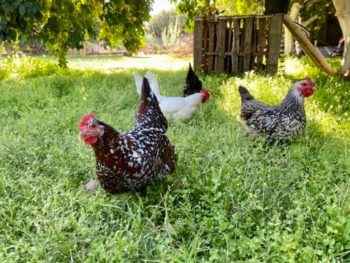
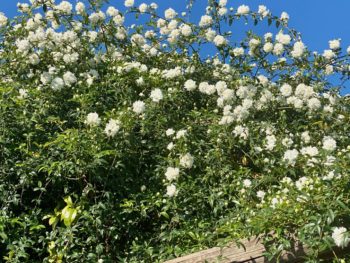


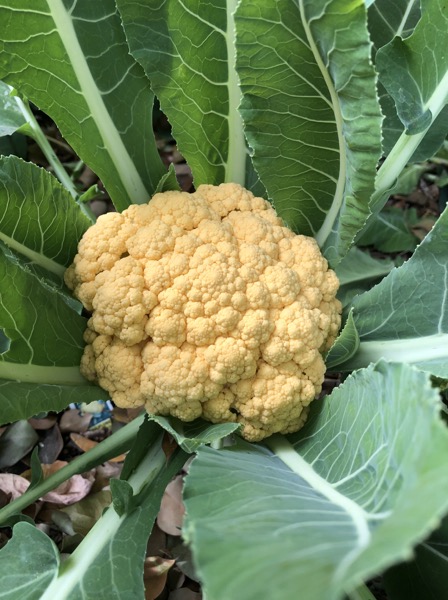 Cauliflower Beer Soup- For Cold Days In The Desert
Cauliflower Beer Soup- For Cold Days In The Desert